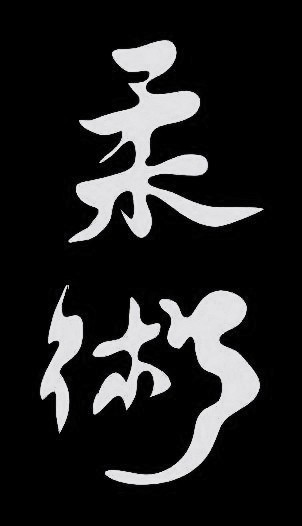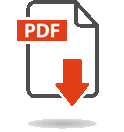Official web-site
Combat Ju-Jutsu International Federation
|
|
|
Combat Ju-Jutsu Competition Rules
|
.
|
First version exist since 1974
|
||||||
Copyright © 2009-2025
Combat Ju-Jutsu International Federation. All rights reserved.




